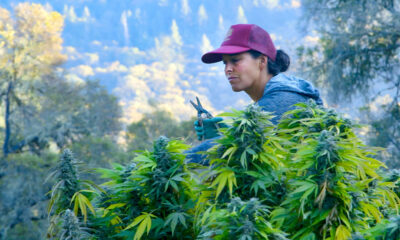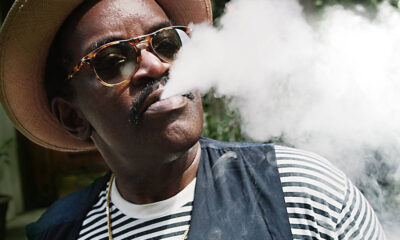
Films
Dallas Buyers Club
Academy Award Best Picture nominee Dallas Buyers Club generated more than just Oscar buzz, but also strong comparisons to the failings of the American for-profit healthcare system and the medical marijuana marketplace, which is often far from compassionate. It seems as if the most vulnerable of society, the ill, bear the brunt of bad financial and legal policies surrounding the right to healthcare, a poignant theme central to the film.
The movie opens in 1985 with a steamy, ambiguous sex scene at a rodeo in Dallas, where we meet Ron Woodruf (Matthew McConaughey), a hard-partying mustached electrician, who is appropriately homophobic for a stereotypical Texas manly man of the era. McConaughey won best actor for his portrayal of Woodruf.
Woodruf’s party days come to an end when he is diagnosed with AIDS during the height of the epidemic and given just one month to live. During an experimental double-blind study of the AIDS drug Zidovudine (AZT), Woodruf meets his business partner Rayon (Jared Leto), an enterprising transgendered woman living with both AIDS and a cocaine habit.
The trial is bogged down with bureaucracy from start to finish. AZT shows promise in patients and is smuggled on the black market to those who can’t get their hands on the drug through the study, including Woodruf.
Unfortunately, AZT also turns out to be highly toxic.
In a trip to Mexico, Woodruf discovers a clinic successfully treating AIDS with a natural non-toxic cocktail. Woodruf not only feels better, but continues living beyond the given month. He decides to smuggle the drug north of the border to cash in on other AIDS patients in need, and the Dallas Buyers Club is born.
If this all sounds familiar, it’s because it is exactly how medical marijuana got its start. At the same time, nearly 2,000 miles away in San Francisco, Vietnam veteran Dennis Peron was watching his friends and loved ones suffer and die of the new and deadly virus. Although the federal government didn’t recognize marijuana as a valid treatment for the symptoms of AIDS, the people using it were sure of it’s efficacy and small-time clubs and co-ops began forming to distribute the non-toxic drug.
In both Dallas Buyers Club and the medical marijuana movement, the illegality of the non-toxic and more effective drug came with the added cost of risk. In the movie, Woodruf charges members $400 a month (roughly $860 today adjusted for inflation) for an unlimited supply of the AIDS cocktail. He profits heavily at first, but compassion leads him to place profits second from his mission — continuing to distribute the cocktail despite federal government interference. In face of government regulation, Woodruf only becomes more defiant, and true to his Texas individualism, is only propelled by the threat of bureaucracy.
With the Affordable Care Act going into effect and the dawn of legal marijuana sales, the role of the government in healthcare is a hot topic these days. Dallas Buyers Club is a beautiful summation of the freedoms Americans are entitled to in governing their own bodies and a tribute to those who fight for that autonomy then and today.
First appeared in Issue 10 of Cannabis Now Magazine, on stands now.
Click here to purchase.
























